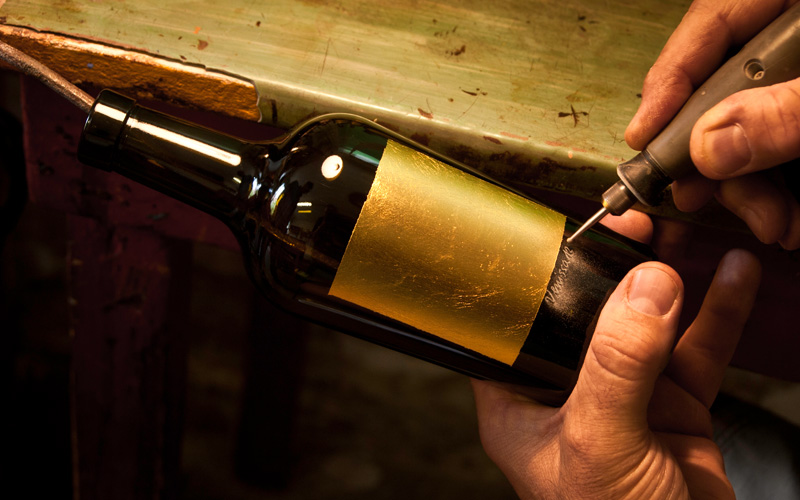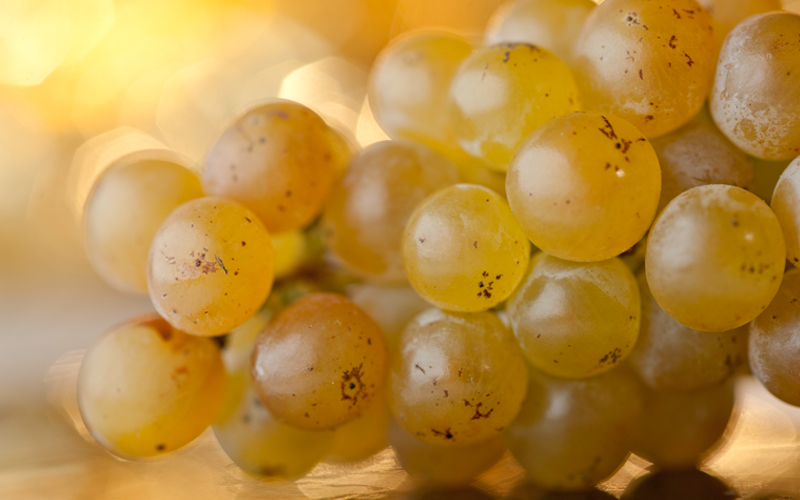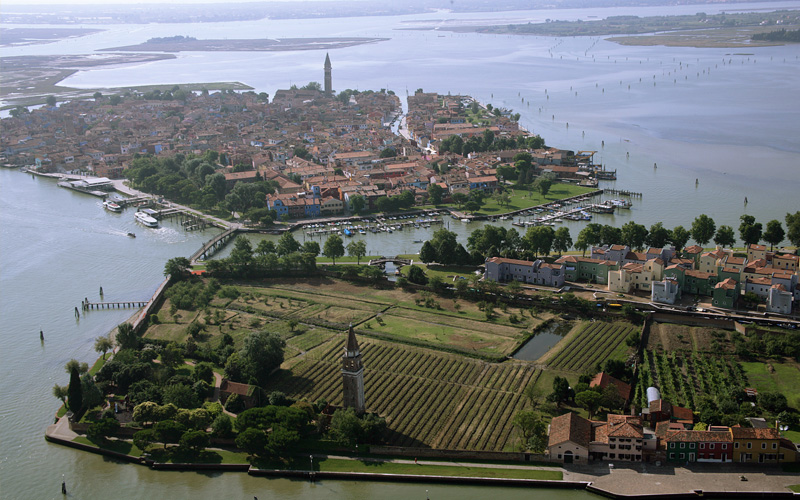Venice has always been a region with vineyards. In fact, grapes have been grown on the various islands in the lagoon for the past 2,500 years. But, alas, in recent years grape cultivation has dwindled, resulting in the loss and almost extinction of a grape once so prized that wealthy Venetians placed it on their tables as a symbol of their status.
As time has passed, many have forgotten about the golden grape known as Dorona and its significance to the history of Venice. To most, it was a grape people read about only in historical texts but never thought still existed. And yet, unbeknown to almost everyone, including the region’s winemakers, the Dorona grape was still growing in a tiny garden on the island of Torcello in the Venetian lagoon. It’s discovery and eventual re-cultivation is an incredible tale.
The Bisol Family has been making Prosecco in the Veneto region of Italy for almost five centuries, building a reputation as quality producers who are passionate about preserving and resurrecting the past history of winemaking in the area. And it’s this commitment to the history of Venice that has resulted in a wine few would have believed could actually be the same wine the ancient Venetians drank.
“What makes the Dorona grape so special for Venice,” Matteo Bisol tells me, “is that it was much easier to find wine in ancient Venice than actual grapes. Grapes were very hard to grow, and due to the city’s location on a central trading route, it was much more common to find wine from Italy’s other regions. This means grapes were a prized possession, so you can just imagine what a grape that was indigenous to Venice meant to the population.” This is what makes Dorona unique. It’s a white grape that somehow adapted to Venice and, for a while, was able to thrive.
At the height of Venetian power and prestige, those in the wealthiest classes used this grape to subtly display their wealth to others. If you were to walk into a home during harvest and see grapes on the table, you immediately knew that you were in the home of people of means, as these were the only people in Venice with access to fresh grapes. In turn, the wine became a status symbol in its own right, filling the goblets of the Venetian elite. And then, just like that, it disappeared.
Part of that disappearance is simply a result of cultural shifts and changing tastes. As new merchants came to Venice, bringing with them more exotic fruits and wines, and as the ability to transport fresh grapes became easier with the advancement of modern technology, many simply forgot about the golden grape that was prized by the Venetian elite.
But the real nail in the coffin came in 1966 with the worst flooding in Venice’s history. The tide rose well above the barriers protecting the lagoon’s islands, and Venetians found themselves under one meter, 94 centimeters of water. While flooding had occurred in Venice before, this time the tide failed to recede quickly and the ground was covered in salty, brackish water for more that two days. All the vineyards in the lagoon were destroyed and it was thought that no grapes survived. It was the end of Dorona.
Then, one day in 2002, Matteo’s father, Gianluca, happened to be visiting the island of Torcello and the island’s famous Cathedral. After spending time at the cathedral, Gianluca and his guest were admiring the beauty of the front of the church when he noticed a small home with a garden vineyard off to the side. “My father is always curious to explore the remaining garden vineyards of Venice,” says Matteo, “so he went up to the door of the home and knocked.” Gianluca was greeted by the owner and he asked her if she happened to have any knowledge of what grapes were growing in her vineyard. “To my father’s amazement, she said some of the vines were Dorona,” Matteo says.
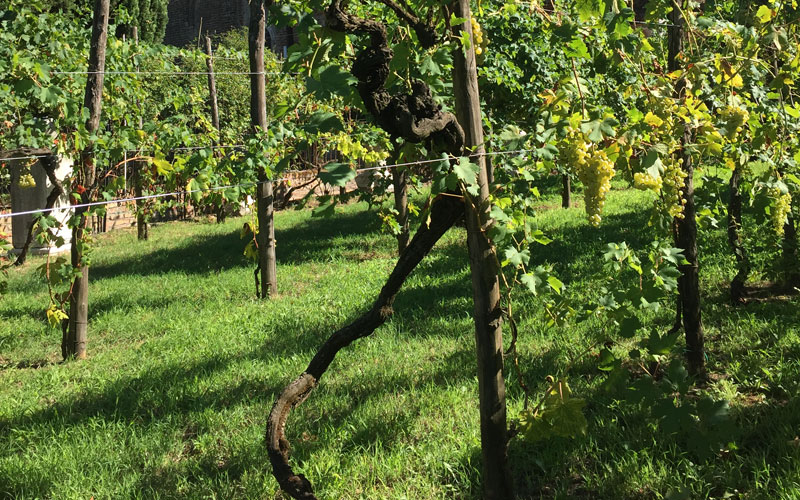
The homeowner had no idea of the importance of this golden grape, but Gianluca knew immediately what he had happened upon. With this discovery, he set out to try to discover if any more of these vines existed. In total, he found 80 vines of Dorona still alive and well in Venice, most often in the gardens of owners who had no idea what the grape was.
From these vines the Bisol family made cuttings and decided to replant a vineyard of the illustrious grape on the island of Mazzorbo. The family planted two acres of the vines and had them surrounded by gardens and orchards, just as they would have been in ancient Venice.
And then, in 2010, the Bisol family finally made the first Venissa Dorona wine. A wine that hadn’t been consumed in Venice for decades. From those two acres, the winery was able to produce 4,880 half-bottles, a scarce commodity to be sure. To pay homage to the history and iconic stature of the golden grape wine and the Venetian upper class that used to consume it, the Bisol family chose to label the bottle with pressed gold leaf. Goldsmithing is a tradition that goes back centuries in Venice, yet there is only one person left who practices the craft. While that might result in things taking a bit longer, as every bottle must have its gold leaf and engraving done by hand, the wine inside is fully deserving of it.
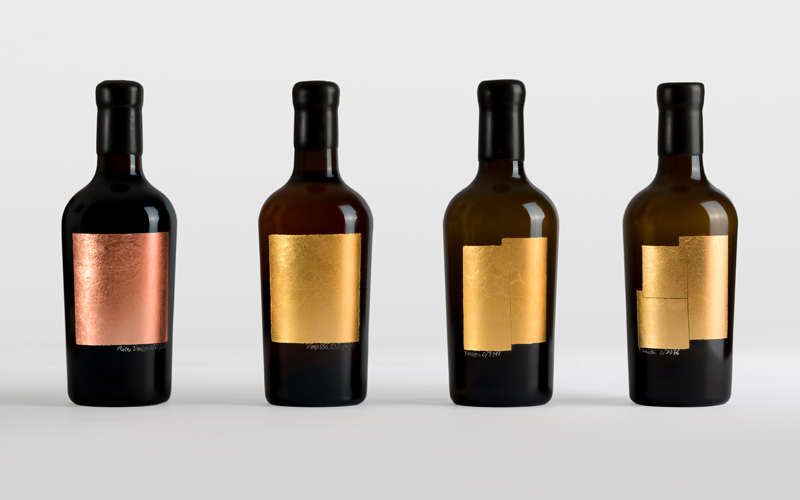
Retailing at $200 a bottle, it’s not a wine one would drink every day, but it’s certainly a wine to open and enjoy whenever one has the desire — and the means — to feel like Venetian royalty.

